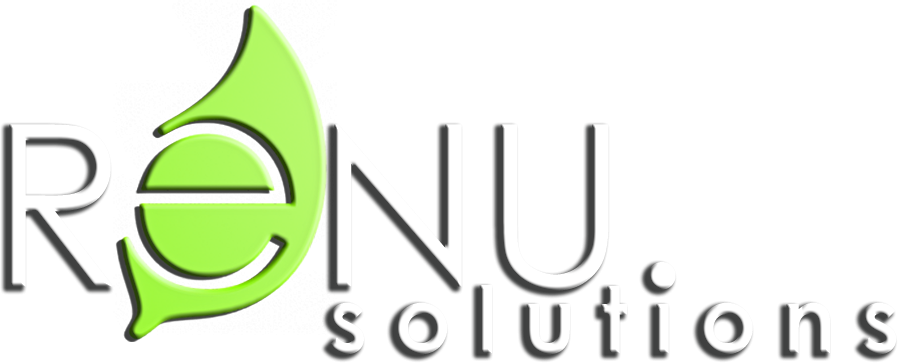MOST ASTM D975 TESTS DO NOTHING BUT PROVE THAT YOU HAVE DIESEL FUEL
TEST FOR ASTM D975 RELIABILITY
TEST for SUCCESS
STOP PAYING to prove that you have Diesel Fuel! Out of all the ASTM D975 tests, you would be well served with just running the 3 that directly impact reliability and business continuity.
Field Test Kit FAIL
A Shake-it-up “water” field test kit wound up costing this company over $20,000. Are you getting bamboozled by a lab peddling unscientific information and products?
New Fuels,
NEW RESEARCH!
Our most recent presentation in 2019 put our most recent research into the application of R-99 in the supply chain. How can we serve your newest information needs?
IF YOU are using testing packages labeled LSD 101, LSD 102 and LSD 103, you are getting overpriced information to prove you have diesel in your tank. Odds are, you have also been offered the same “water field test kit” that is concealing the cause of generator failure. Please consider the following information:
INTELLIGENT FUEL MANAGEMENT PROGRAM
Only 2 things are required: Proven Diesel Dependability and Actionable Compliance Data
Actionable Data proves emergency preparedness and regulatory compliance
Laboratory Test SPECIFICALLY for:
- Injector Scoring
- Engine Component Wear
- Cetane Depletion Growth
- Occlusion
- Combustion Density
- Bio-Lipid Potential
- Filter Blocking
- Emissions Increasing Properties
- INJECTOR SCORING – ASTM D6304 Water by Karl Fischer: Highly accurate test used to determine total molecular water content in diesel fuel – a proven invisible source of injector scoring, carbaxolate asphaltene inception and microbial colonization.
- ENGINE COMPONENT WEAR – ASTM D2709 Sediment & Water: (Procedure 2) centrifuges diesel for complete % of contamination – a proven source of engine component wear.
- CETANE DEPLETION GROWTH – ASTM D7687 Microbial Growth: Identifies total culture population per ml. – microbes survive in part by consuming the diesel cetane properties.
- OCCLUSION – ASTM D4176 Bright & Clear Appearance: Procedure 2 tests for water sediment or any other foreign debris and ASTM Fuel clarity via back illumination through ASTM Standard Appearance Chart. Today’s diesel conceals up to 700 PPM water, 200 past ASTM D6304 failure.
- COMBUSTION DENSITY – ASTM D1298 API Gravity: Identifies fuel density and indicates lighter fuel mixtures or renewable diesel blends.
- BIO-LIPID POTENTIAL – ASTM D7371 Bio-Blend Determination: This test identifies blend % of Bio and Petro diesel. Useful for all applications. Lipids impede filter flow, promote microbes and increase occlusion and cold weather problems.
- FILTER-BLOCKING – ASTM D2068R Filter Blocking Tendency: Measures the flow rate through filtration simulating engines’ filters under load. The mass of particulates present in a fuel is a significant factor. Beyond non-fuel contaminants, fuel properties such as unbound lipids increase filter blocking tendencies.
- EMISSIONS INCREASING PROPERTIES – ASTM D6217R/7670R MicroVisual Captures for evaluation usability factors within the microscopic Filterability results. Emissions increasing properties as well as engine component wear causes can be identified.
NFPA, EPA, FCC, JCAHO etc., along with most maintenance specifications all have something in common – they ask for diesel fuel testing according to ASTM D975 but they fail to specify which of the 54 tests should be run or why. Example, ASTM D6304 gives a single limit of “not to exceed 500 PPM”. Most U.S. laboratories will only offer a pass/fail result based on the 500 PPM limit. Does it concern you that Filter Blocking reactions begin at 200 PPM and Injector Scoring begins at 250 PPM, yet based on the limit standards, no warning is given until the entrained water level passes 500 PPM, if it is tested for at all? The above 8 tests MUST be run by a lab that gives results reflecting current applied field research to reveal not only the laboratory identified problems as well as the steps to take to fix the problems.
Laboratory Analysis Packages – Tank Size Matters
500 Gallons and Smaller
Broad-Spectrum Indicator Package
1. INJECTOR SCORING – ASTM D6304 Water by Karl Fischer: Highly accurate test used to determine total molecular water content in diesel fuel – a proven invisible source of injector scoring, carbaxolate asphaltene inception and microbial colonization.
2. ENGINE COMPONENT WEAR – ASTM D2709 Sediment & Water: (Procedure 2) centrifuges diesel for % of non-fuel contamination – proving sources of engine component wear.
Larger than 500 Gallons
Regulatory Compliance/Preparedness Package
1. INJECTOR SCORING – ASTM D6304 Water by Karl Fischer: Highly accurate test used to determine total molecular water content in diesel fuel – a proven invisible source of injector scoring, carbaxolate asphaltene inception and microbial colonization.
2. ENGINE COMPONENT WEAR – ASTM D2709 Sediment & Water: (Procedure 2) centrifuges diesel for complete % of contamination – a proven source of engine component wear.
3. CETANE DEPLETION GROWTH – ASTM D7687 Microbial Growth: Identifies total culture population per ml. – microbes survive in part by consuming the diesel cetane properties.
4. OCCLUSION – ASTM D4176 Bright & Clear Appearance: Procedure 2 tests for water sediment or any other foreign debris and ASTM Fuel clarity via back illumination through ASTM Standard Appearance chart. Today’s diesel conceals up to 700 PPM water, 200 past ASTM D6304 failure.
5. COMBUSTION DENSITY – ASTM D1298 API Gravity: Identifies fuel density and indicates lighter fuel mixtures or renewable diesel blends.
6. BIO-LIPID POTENTIAL – ASTM D7371 Bio-Blend Determination: This test identifies blend % of Bio and Petro diesel. Useful for all applications. Lipids impede filter flow, promote microbes and increase occlusion and cold weather problems.
7. FILTER-BLOCKING – ASTM D2068R Filter Blocking Tendency: Measures the flow rate through filtration simulating engines’ filters under load. The mass of particulates present in a fuel is a significant factor. Beyond non-fuel contaminants, fuel properties such as unbound lipids increase filter blocking tendencies.
8. EMISSIONS INCREASING PROPERTIES – ASTM D6217R/7670R MicroVisual Captures for evaluation usability factors within the microscopic Filterability results. Emissions increasing properties as well as engine component wear causes can be identified.
